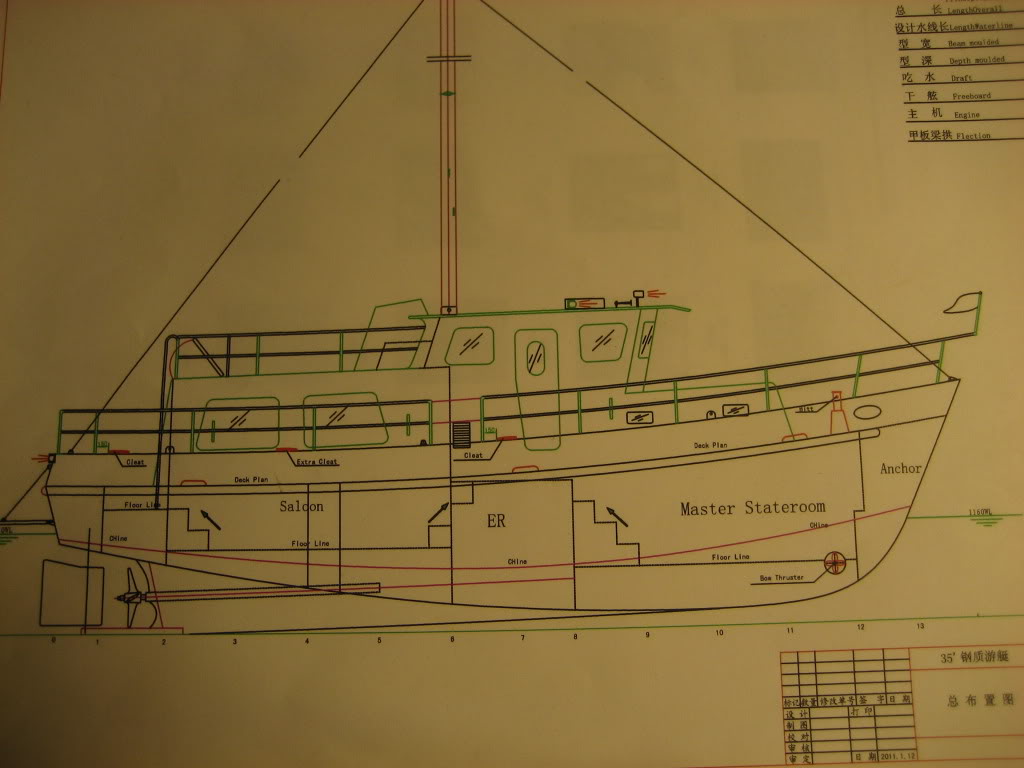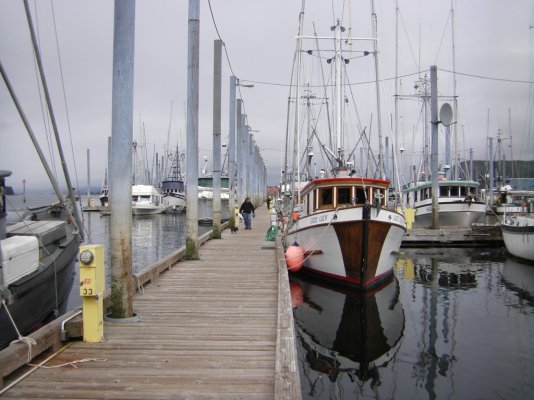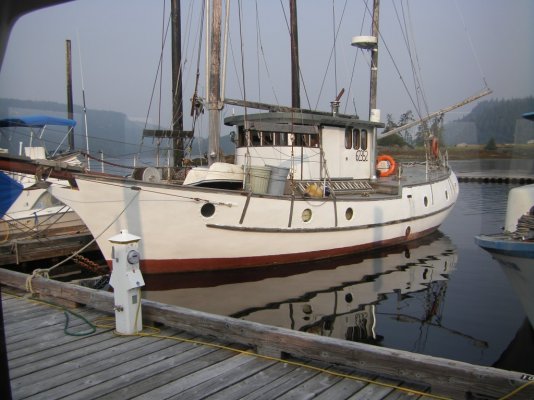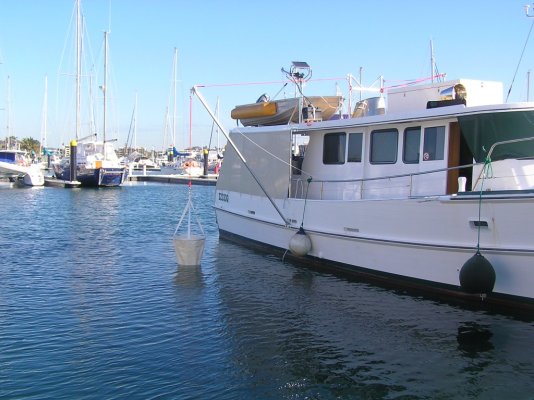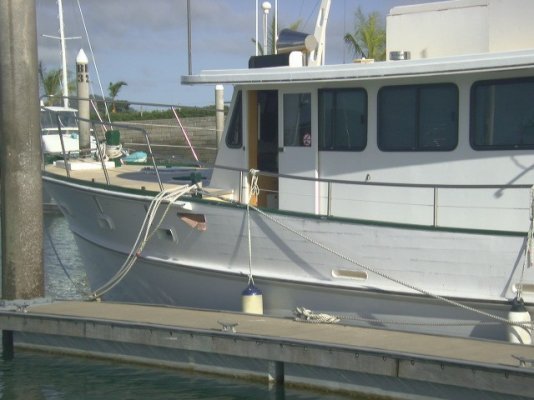markpierce
Master and Commander
- Joined
- Sep 25, 2010
- Messages
- 12,557
- Location
- USA
- Vessel Name
- Carquinez Coot
- Vessel Make
- penultimate Seahorse Marine Coot hull #6
A captain friend told me long ago to make each specific line just long enough that it won't quite reach the prop. Next time I am hauled out, I will make a complete new set, and color code for each position.Carey wrote:
markpierce wrote:
I prefer braided nylon.
Doesn't seem practical.* The quarter springs and stern lines will end up being very short, too short to be useful?
*

